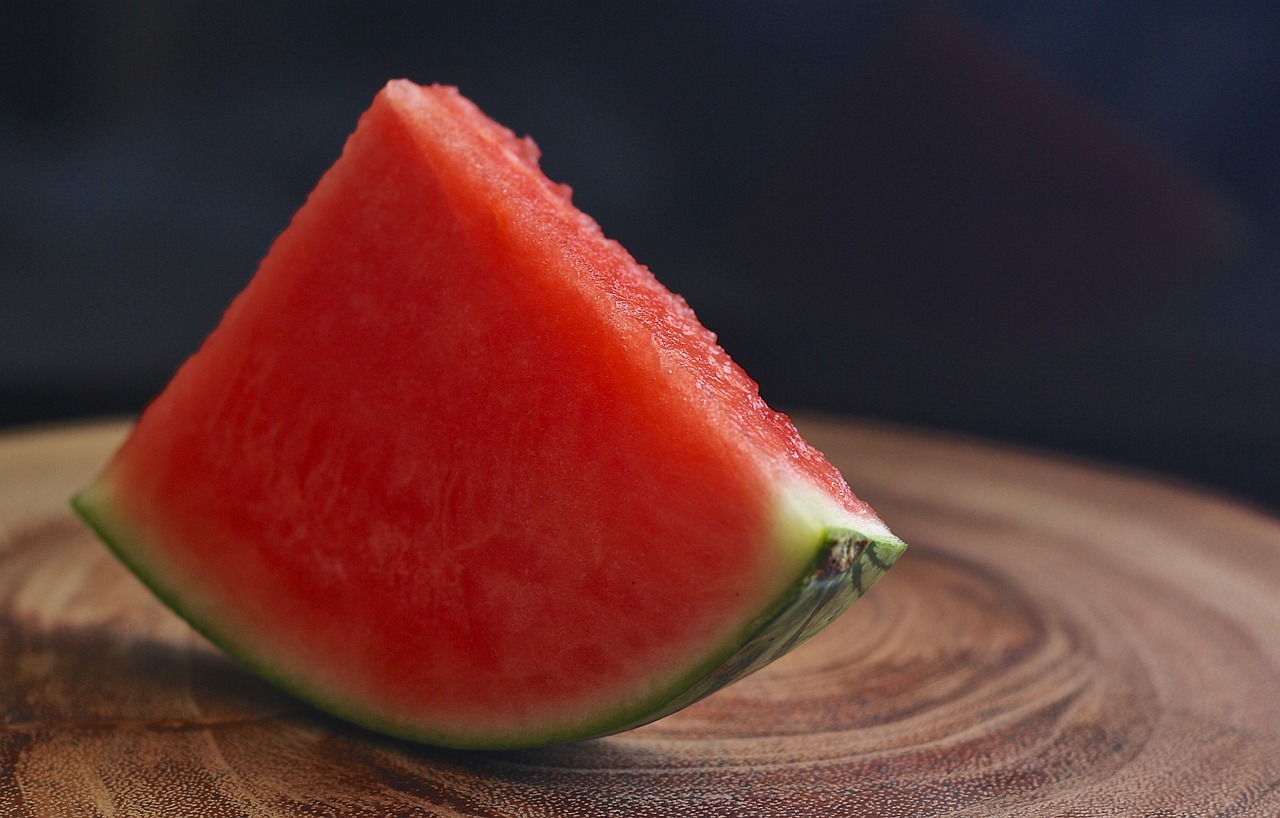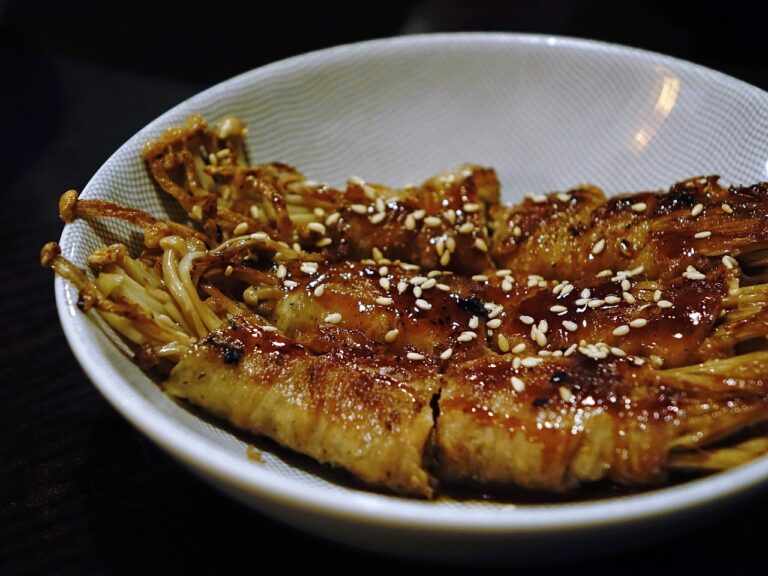Cooking for Special Dietary Needs: Tips and Tricks
Cooking for special dietary needs can be a challenging task, especially when you are trying to accommodate multiple dietary restrictions. Whether you are cooking for someone with food allergies, intolerances, or specific dietary preferences, it is important to be mindful of their needs and ensure that your meals are safe and enjoyable for all. In this article, we will explore some tips and tricks to help you navigate the world of cooking for special dietary needs.
Understanding Special Dietary Needs
Before embarking on your culinary journey to accommodate special dietary needs, it is crucial to have a solid understanding of the specific dietary restrictions you are dealing with. Some common dietary restrictions include:
- Food allergies (e.g., nuts, dairy, gluten)
- Food intolerances (e.g., lactose intolerance, celiac disease)
- Dietary preferences (e.g., vegetarian, vegan)
By knowing the specific dietary needs of your guests or family members, you can take the necessary precautions to avoid cross-contamination and ensure that your meals are safe for consumption.
Tips for Cooking for Special Dietary Needs
When it comes to cooking for special dietary needs, preparation is key. Here are some tips to help you create delicious and safe meals for everyone:
1. Communicate with Your Guests
Prior to cooking for a special dietary needs meal, make sure to communicate with your guests to understand their specific restrictions and preferences. This will help you plan your menu accordingly and ensure that everyone is accommodated.
2. Read Labels Carefully
When shopping for ingredients, always read the labels carefully to check for any allergens or ingredients that may not be suitable for your guests. Look out for hidden sources of allergens, such as soy, wheat, and dairy.
3. Use Separate Utensils and Cookware
To avoid cross-contamination, it is important to use separate utensils and cookware when preparing meals for guests with special dietary needs. This will help prevent the transfer of allergens or other harmful substances from one dish to another.
4. Get Creative with Substitutions
If you are cooking for someone with specific dietary restrictions, don’t be afraid to get creative with substitutions. For example, you can use almond milk instead of cow’s milk, or quinoa instead of rice. Experiment with different ingredients to create delicious and safe meals.
5. Offer a Variety of Options
When planning your menu, make sure to offer a variety of options to cater to different dietary needs and preferences. This will ensure that everyone has something to enjoy and feel included in the meal.
6. Be Mindful of Cross-Contamination
When cooking for special dietary needs, it is important to be mindful of cross-contamination. Make sure to clean your cooking surfaces thoroughly and avoid using the same utensils for different dishes to prevent the transfer of allergens.
7. Seek Inspiration from Specialized Cookbooks
If you are struggling to come up with recipe ideas for special dietary needs, consider seeking inspiration from specialized cookbooks or online resources. There are plenty of resources available that offer delicious and safe recipes for various dietary restrictions.
FAQs
Q: How can I accommodate guests with multiple dietary restrictions?
A: When cooking for guests with multiple dietary restrictions, it is important to communicate with them in advance to understand their specific needs. Consider offering a variety of options to cater to different restrictions and preferences.
Q: What are some common food allergens to look out for?
A: Some common food allergens include nuts, dairy, eggs, soy, wheat, and shellfish. Make sure to read labels carefully and avoid using ingredients that may contain allergens.
Q: How can I prevent cross-contamination when cooking for special dietary needs?
A: To prevent cross-contamination, use separate utensils and cookware for preparing meals for guests with special dietary needs. Additionally, clean your cooking surfaces thoroughly and avoid using the same utensils for different dishes.
By following these tips and tricks, you can create delicious and safe meals for guests with special dietary needs. Remember to communicate with your guests, read labels carefully, and be mindful of cross-contamination to ensure a successful dining experience for everyone.







